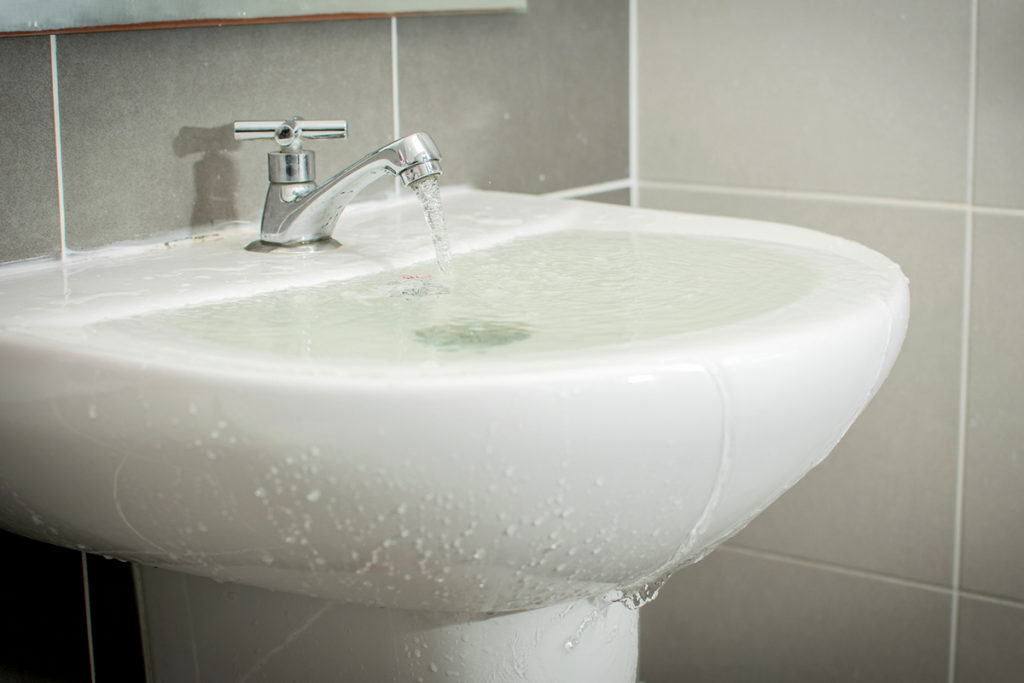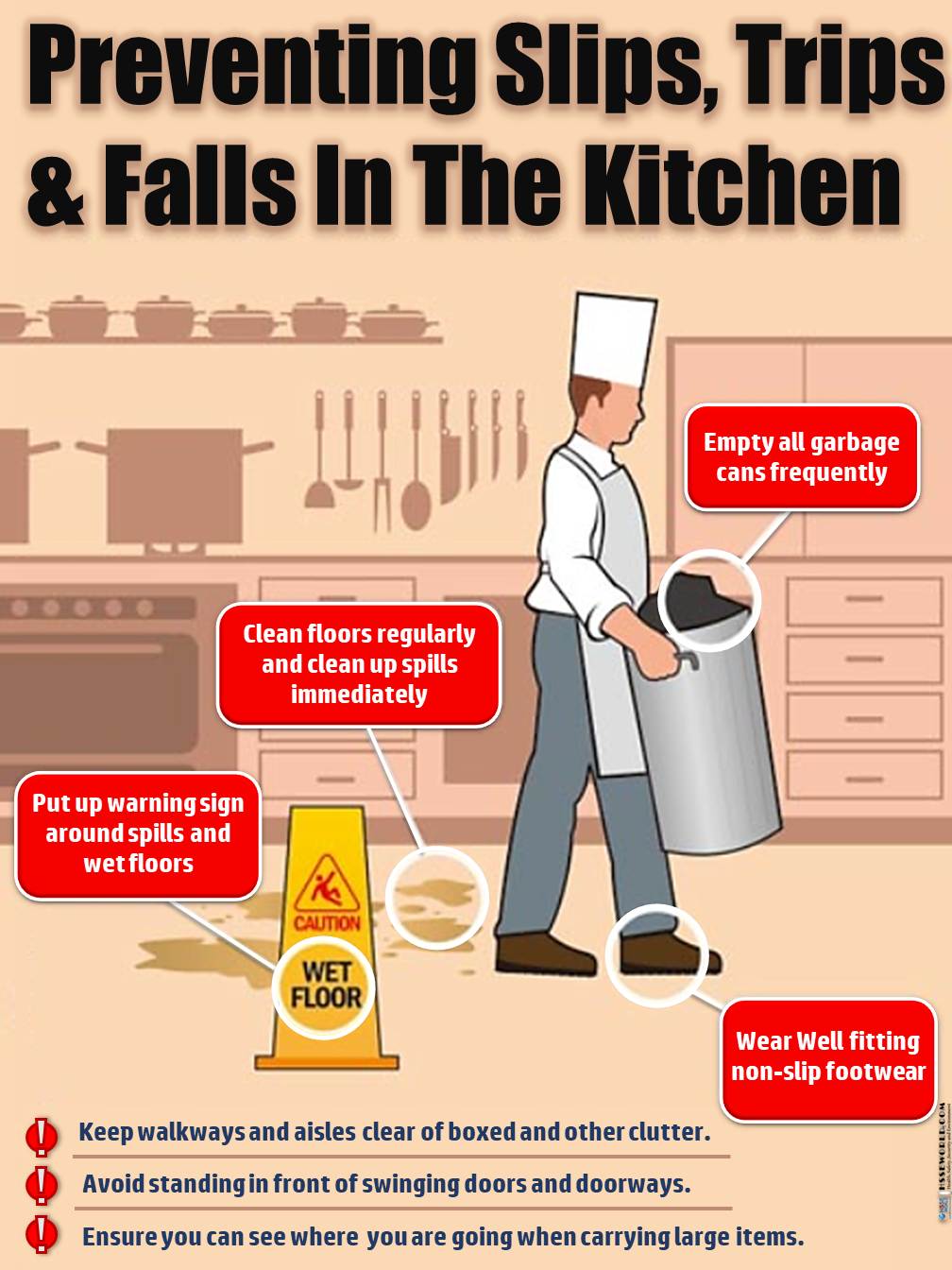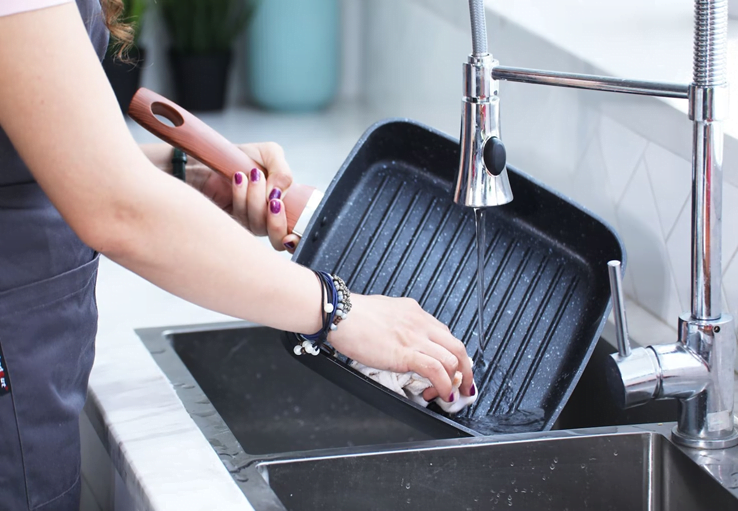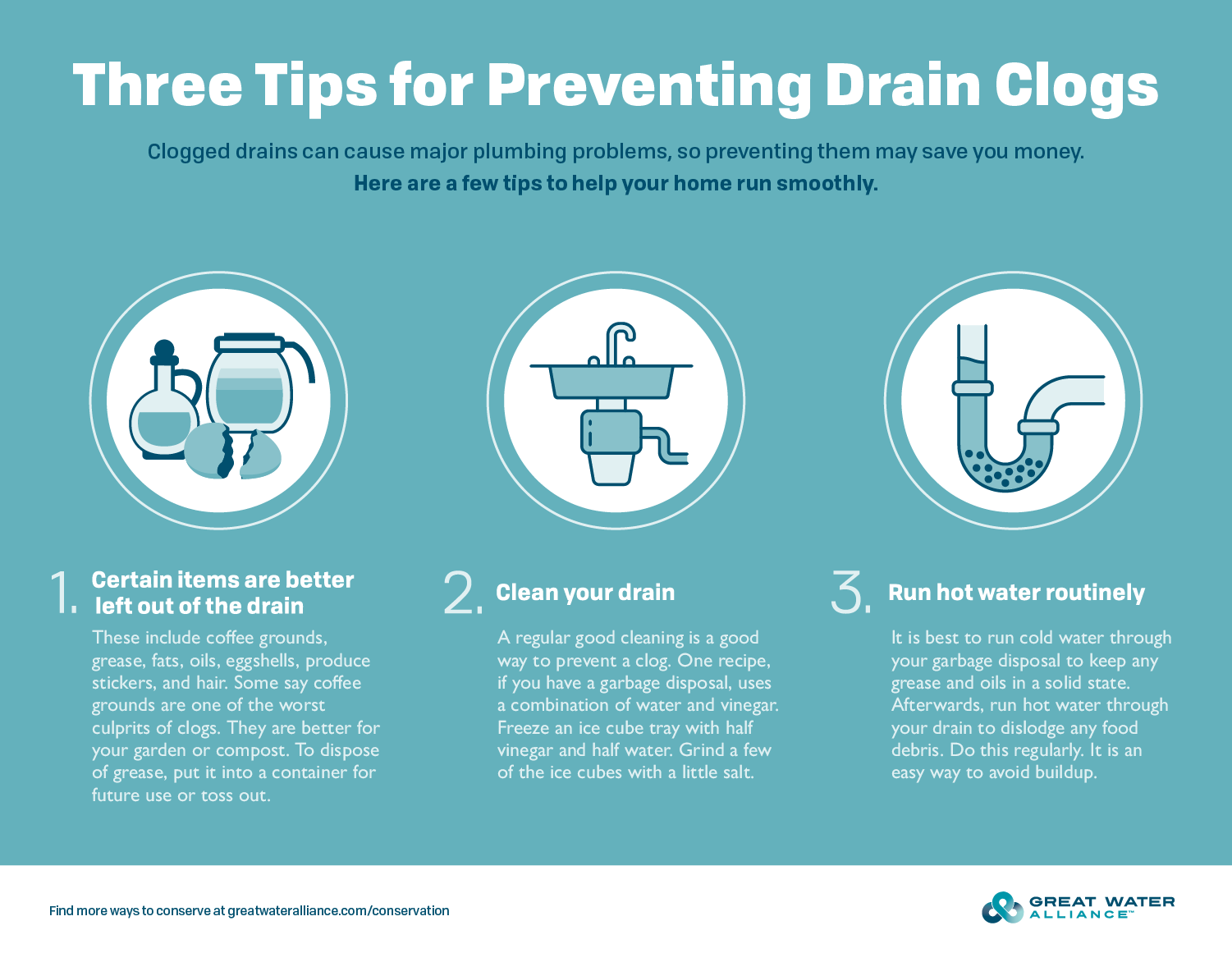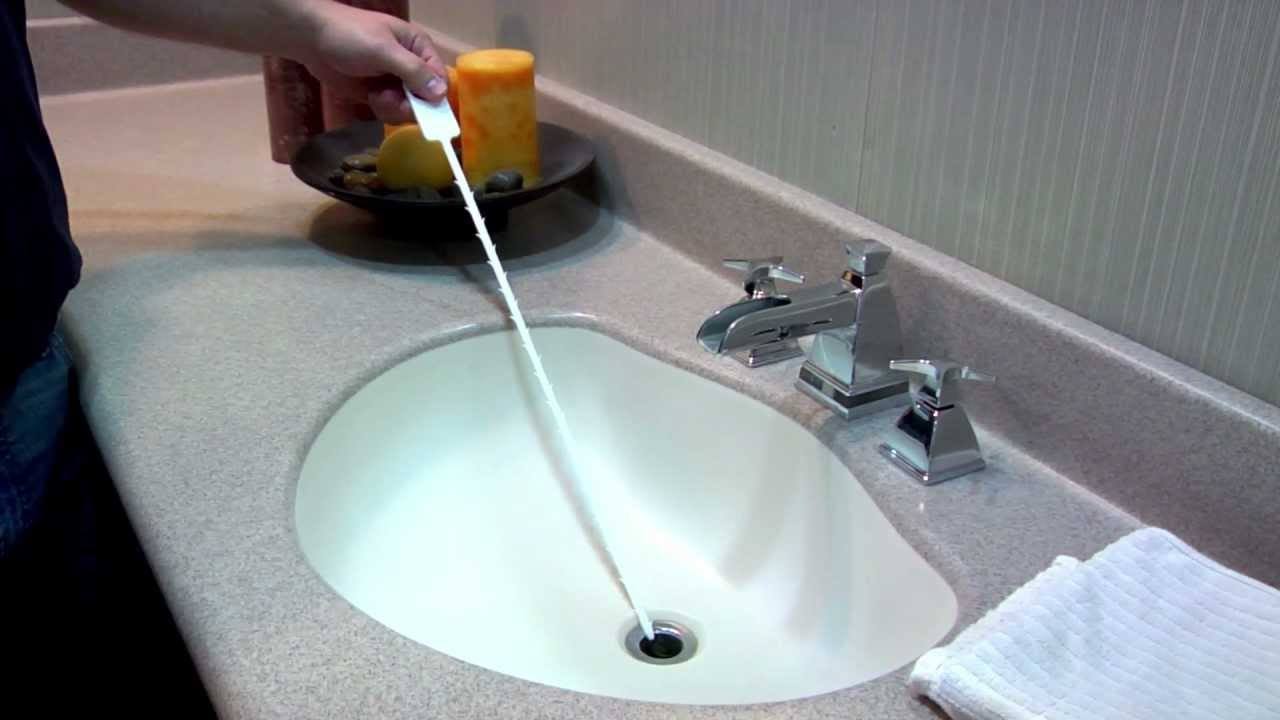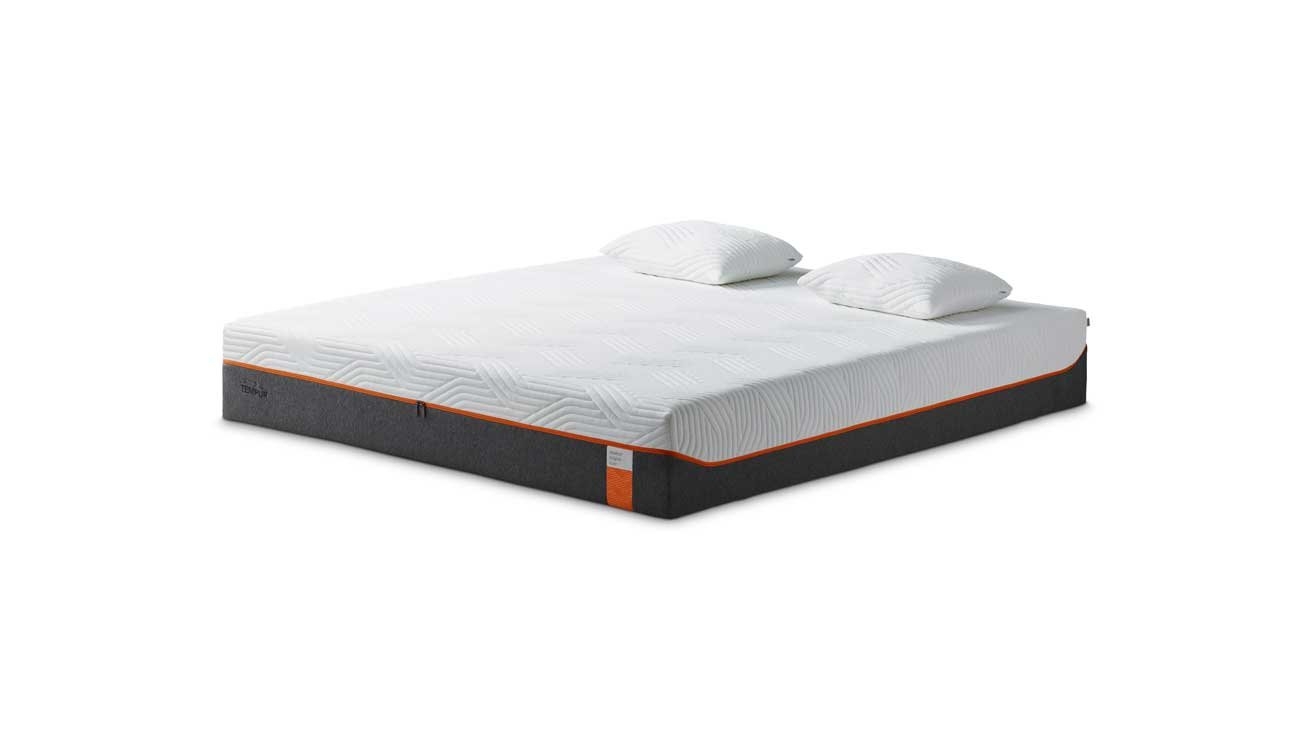Unclogging a Kitchen Sink and Bathroom Sink
If you've ever experienced a clogged kitchen sink or bathroom sink, you know how frustrating it can be. Not only does it disrupt your daily routine, but it can also lead to unpleasant odors and even potential water damage. Fortunately, unclogging a sink is usually a simple process that can be done at home without the need for a professional plumber. In this article, we'll cover the top 10 ways to unclog both kitchen and bathroom sinks.
How to Fix a Clogged Kitchen and Bathroom Sink
Before we dive into the different methods for unclogging a sink, it's important to understand the basics of how to fix a clogged sink. A clog is typically caused by a buildup of debris, such as hair, food particles, or soap scum. The first step in fixing a clogged sink is to remove any excess water from the sink using a cup or bucket. This will make it easier to access the drain and remove the clog.
DIY Solutions for a Clogged Kitchen and Bathroom Sink
If you prefer to tackle the clog yourself, there are several DIY solutions you can try. One method is to use a plunger to try and dislodge the clog. Simply place the plunger over the drain, making sure it covers the entire opening, and then push and pull the plunger up and down to create suction. If this method doesn't work, you can try using a drain snake to physically remove the clog.
Common Causes of a Clogged Kitchen and Bathroom Sink
Understanding the common causes of a clogged sink can help you prevent future clogs. In the kitchen, the most common cause is food particles and grease that get stuck in the drain. In the bathroom, hair and soap scum are the main culprits. To prevent clogs, make sure to dispose of food scraps properly and use a drain cover in the bathroom to catch hair and other debris.
Using a Plunger to Unclog a Kitchen and Bathroom Sink
A plunger can be an effective tool for unclogging both kitchen and bathroom sinks. Make sure to use a plunger specifically designed for sinks, as it will have a flat bottom that can create a stronger suction. If you're using a plunger on a bathroom sink, make sure to cover the overflow opening with a wet cloth or tape to create a tighter seal.
Chemical Drain Cleaners for a Clogged Kitchen and Bathroom Sink
If DIY methods don't work, you can try using a chemical drain cleaner to break up the clog. These products use powerful chemicals to dissolve the clog, but they can also be harsh on your pipes and the environment. Make sure to follow the instructions carefully and wear protective gloves and eyewear when using chemical drain cleaners. If the clog is particularly stubborn, you may need to use multiple applications or consider another method.
Natural Remedies for a Clogged Kitchen and Bathroom Sink
If you prefer to use more natural solutions, there are several household items you can use to unclog a sink. Baking soda and vinegar are a popular combination for breaking up clogs. Simply pour a cup of baking soda down the drain, followed by a cup of vinegar. Let it sit for about 30 minutes, then pour hot water down the drain to flush out the clog.
Professional Plumbing Services for a Clogged Kitchen and Bathroom Sink
If all else fails, or if you're dealing with a serious clog or a clog that keeps recurring, it may be time to call a professional plumber. They have the tools and expertise to quickly and effectively remove the clog without causing damage to your pipes. In some cases, the clog may be caused by a larger issue, such as a tree root in your sewer line, which will require professional assistance to fix.
Preventing Clogs in Your Kitchen and Bathroom Sink
The best way to deal with a clogged sink is to prevent it from happening in the first place. Make sure to regularly clean your drains and use drain covers to catch debris. Avoid pouring grease down the kitchen sink and use a garbage disposal properly to prevent food scraps from clogging the drain. In the bathroom, use a hair catcher in the shower and avoid flushing anything other than toilet paper down the toilet.
Signs of a Serious Clog in Your Kitchen and Bathroom Sink
While most clogs can be easily fixed, there are some signs that may indicate a more serious issue. If you notice multiple drains in your home clogging at the same time, or if water is backing up in your sinks or toilets, it could be a sign of a larger problem in your sewer line. In this case, it's best to call a professional plumber to address the issue.
Unclogging a kitchen sink and bathroom sink may seem like a daunting task, but with the right tools and methods, it can be a simple and quick process. By following these top 10 tips and taking preventative measures, you can keep your sinks running smoothly and avoid the frustration of a clogged sink in the future.
How to Unclog Both Your Kitchen Sink and Bathroom Sink: A Guide to Efficient House Design

The Importance of a Well-Functioning Sink
 A sink is an essential part of any household, whether it be in the kitchen or bathroom. It is where we wash our hands, clean our dishes, and perform various other tasks. However, a clogged sink can be a major inconvenience and can disrupt the flow of daily activities. If you find yourself dealing with both a clogged kitchen sink and bathroom sink, don't panic. With the right tools and techniques, you can easily unclog both sinks and get your house design back in order.
A sink is an essential part of any household, whether it be in the kitchen or bathroom. It is where we wash our hands, clean our dishes, and perform various other tasks. However, a clogged sink can be a major inconvenience and can disrupt the flow of daily activities. If you find yourself dealing with both a clogged kitchen sink and bathroom sink, don't panic. With the right tools and techniques, you can easily unclog both sinks and get your house design back in order.
Identifying the Problem
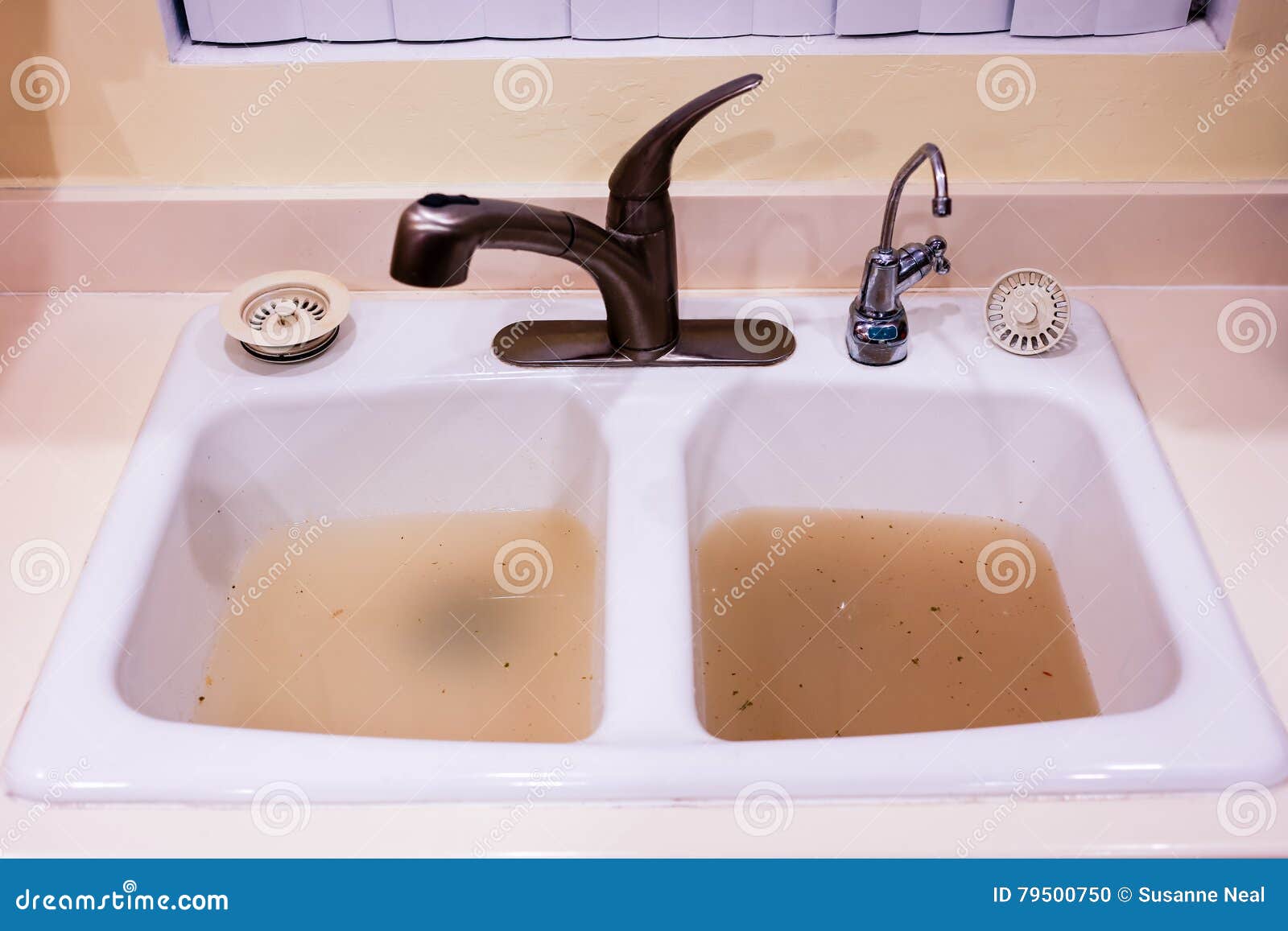 Before you can start unclogging your sinks, it is important to identify the root of the problem. In most cases, the main culprit is a buildup of food particles, grease, and soap scum. These can accumulate over time and create a blockage in your pipes, resulting in slow drainage or a complete blockage. Depending on the severity of the clog, you may need to use different methods to unclog your sinks.
Before you can start unclogging your sinks, it is important to identify the root of the problem. In most cases, the main culprit is a buildup of food particles, grease, and soap scum. These can accumulate over time and create a blockage in your pipes, resulting in slow drainage or a complete blockage. Depending on the severity of the clog, you may need to use different methods to unclog your sinks.
Tools and Techniques for Unclogging Sinks
 For a minor clog, you can try using a plunger to dislodge the blockage. Simply place the plunger over the drain and push and pull in a rapid motion to create suction. If this doesn't work, you can try using a plumbing snake to physically remove the blockage from the drain. For tougher clogs, you can use a chemical drain cleaner, but be cautious as these can be harmful to both your pipes and your health.
For a minor clog, you can try using a plunger to dislodge the blockage. Simply place the plunger over the drain and push and pull in a rapid motion to create suction. If this doesn't work, you can try using a plumbing snake to physically remove the blockage from the drain. For tougher clogs, you can use a chemical drain cleaner, but be cautious as these can be harmful to both your pipes and your health.
Preventing Future Clogs
 The best way to deal with clogged sinks is to prevent them from happening in the first place. To keep your kitchen sink clear, avoid pouring grease or oil down the drain and use a drain strainer to catch food particles. In the bathroom, regularly clean the sink and use a hair catcher to prevent hair from going down the drain. Additionally, pouring hot water down your drains once a week can help break down any buildup and keep your sinks clear.
The best way to deal with clogged sinks is to prevent them from happening in the first place. To keep your kitchen sink clear, avoid pouring grease or oil down the drain and use a drain strainer to catch food particles. In the bathroom, regularly clean the sink and use a hair catcher to prevent hair from going down the drain. Additionally, pouring hot water down your drains once a week can help break down any buildup and keep your sinks clear.
Incorporating Efficiency into Your House Design
 Having a well-functioning sink is not only important for convenience but also for efficiency in your house design. With unclogged sinks, you can save time and energy in your daily tasks. Additionally, by taking preventive measures, you can save money on costly plumbing repairs in the long run. Remember to regularly maintain your sinks to keep them functioning at their best.
Conclusion: A Well-Maintained Sink is Essential for an Efficient House Design
Clogged sinks can disrupt our daily routines and cause frustration. By identifying the problem, using the right tools and techniques, and taking preventive measures, you can easily unclog both your kitchen sink and bathroom sink. A well-maintained sink not only adds to the efficiency of your house design but also saves you time and money in the long run. Remember to regularly maintain your sinks to keep them running smoothly and efficiently.
Having a well-functioning sink is not only important for convenience but also for efficiency in your house design. With unclogged sinks, you can save time and energy in your daily tasks. Additionally, by taking preventive measures, you can save money on costly plumbing repairs in the long run. Remember to regularly maintain your sinks to keep them functioning at their best.
Conclusion: A Well-Maintained Sink is Essential for an Efficient House Design
Clogged sinks can disrupt our daily routines and cause frustration. By identifying the problem, using the right tools and techniques, and taking preventive measures, you can easily unclog both your kitchen sink and bathroom sink. A well-maintained sink not only adds to the efficiency of your house design but also saves you time and money in the long run. Remember to regularly maintain your sinks to keep them running smoothly and efficiently.








:strip_icc()/how-to-clean-a-bathroom-sink-drain-01-c728294c8bee42428afdf3e69f449279.jpg)
:max_bytes(150000):strip_icc()/pouring-chemicals-down-a-sink-80033290-5810e9425f9b58564c60a7e1.jpg)
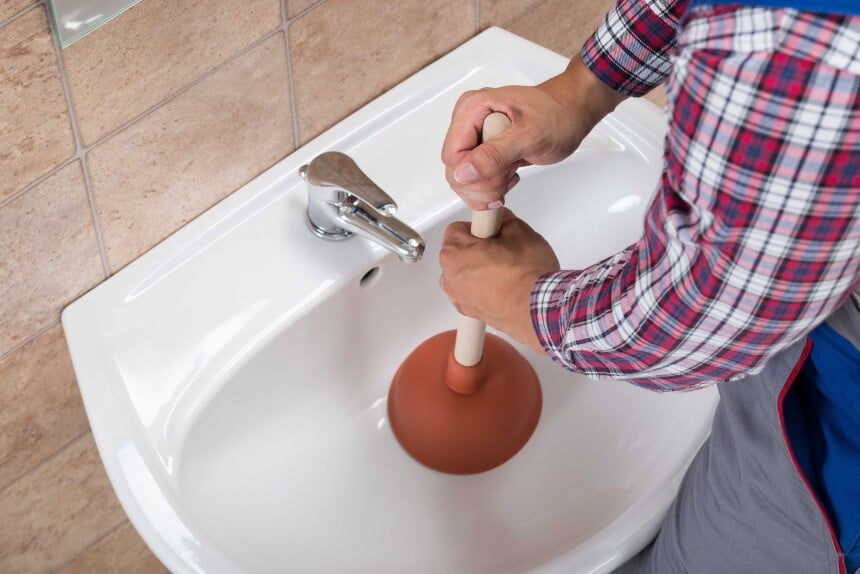
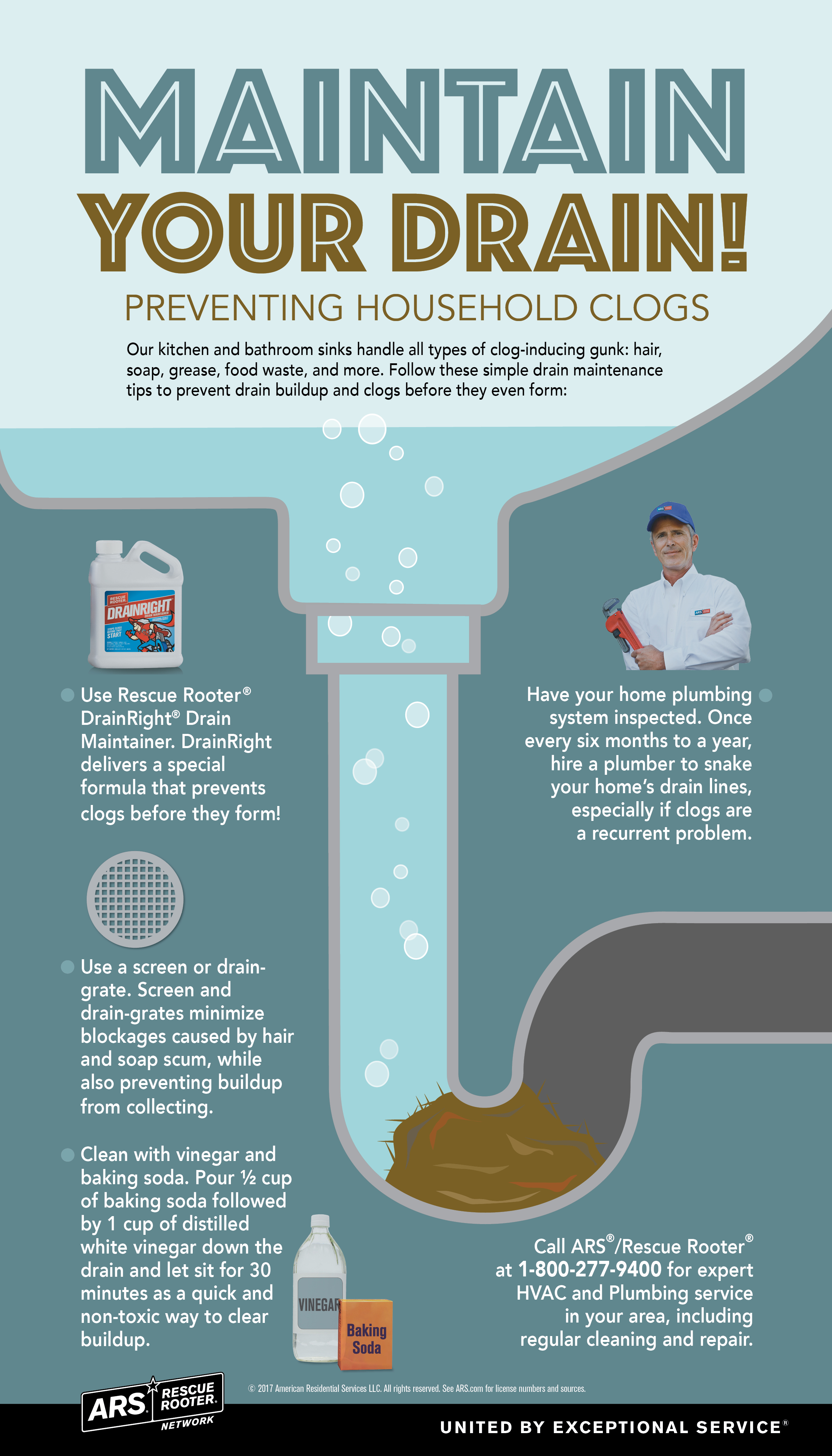





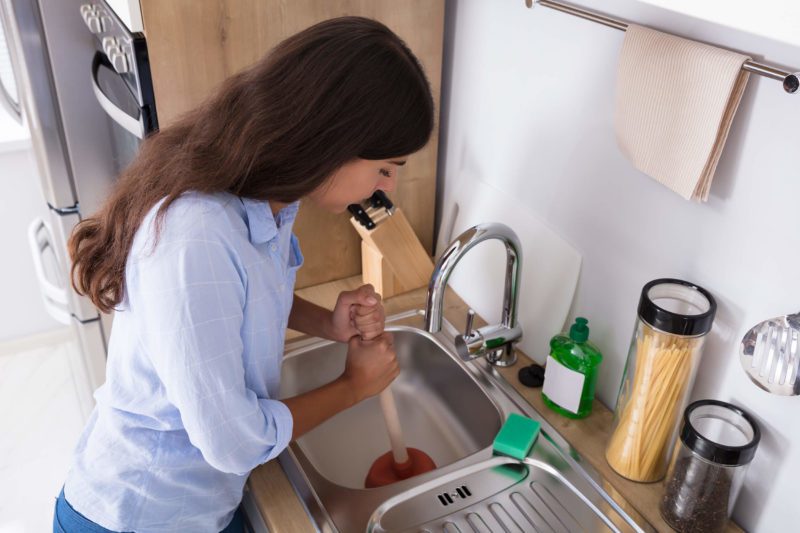




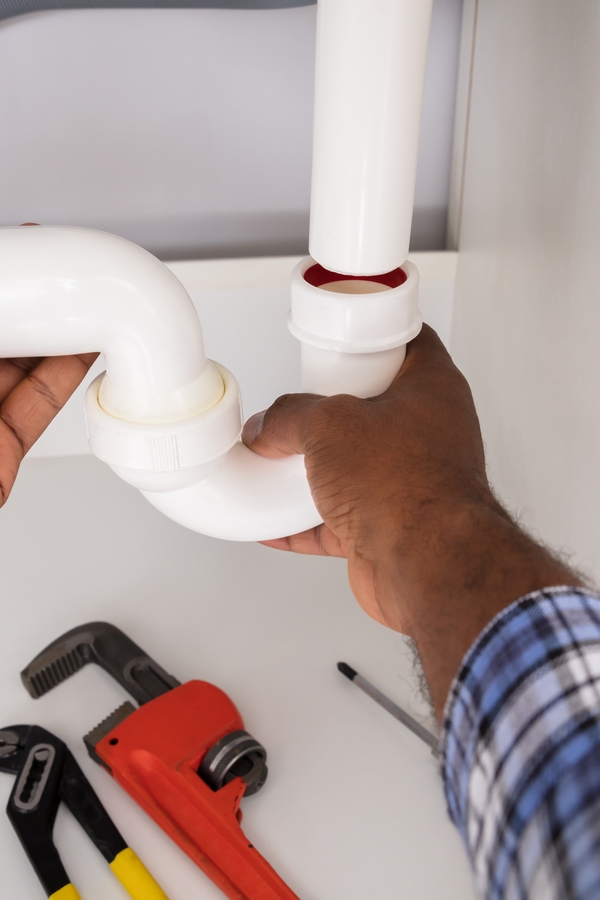














/signs-of-a-sewer-drain-clog-2718943_FINAL-7306dab348804135897b63a4411cdfdf.png)


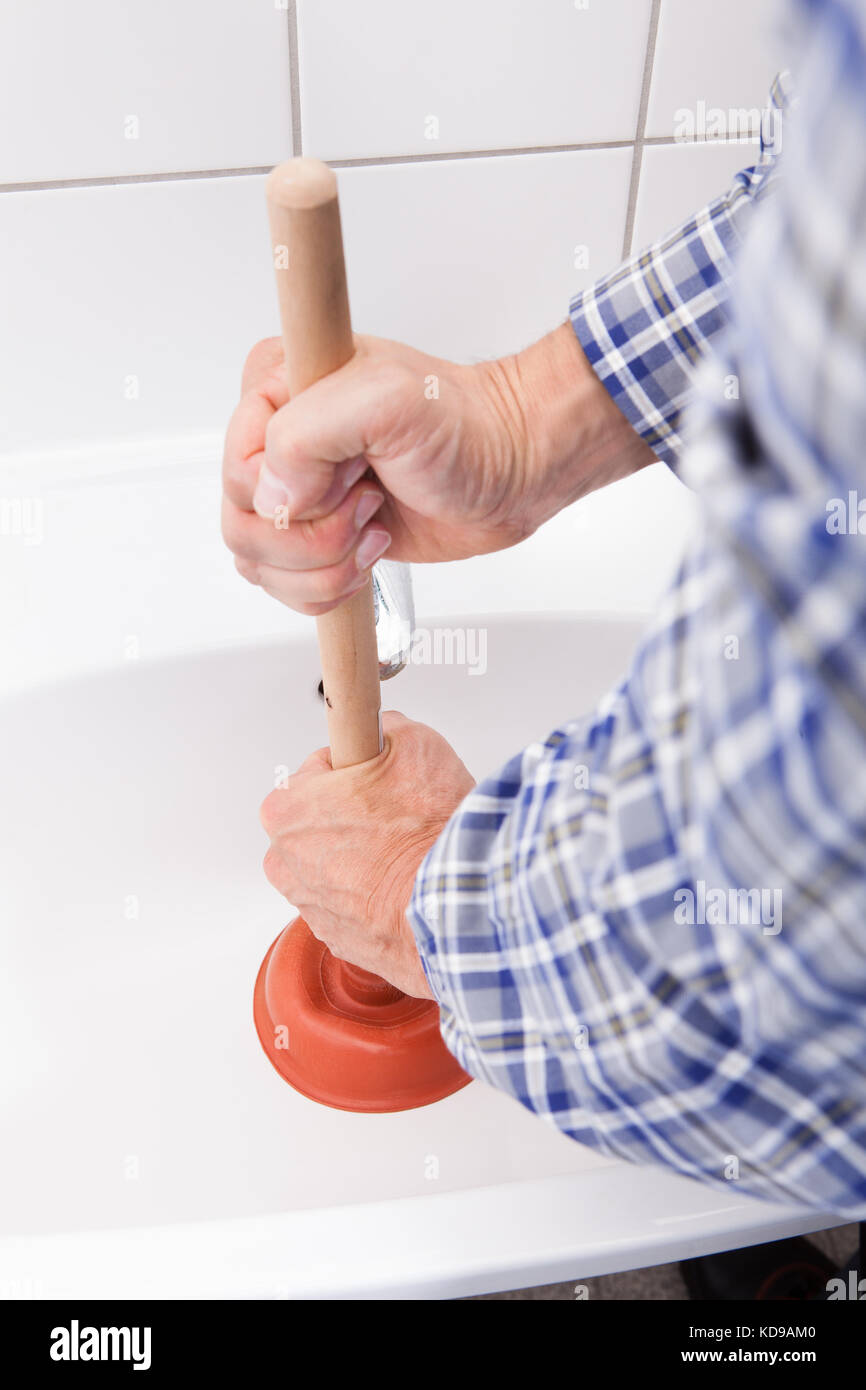






:max_bytes(150000):strip_icc()/freshen-and-unclog-drain-with-baking-soda-1900466-22-bbf940b70afa4d5abef0c54da23b1d3f.jpg)






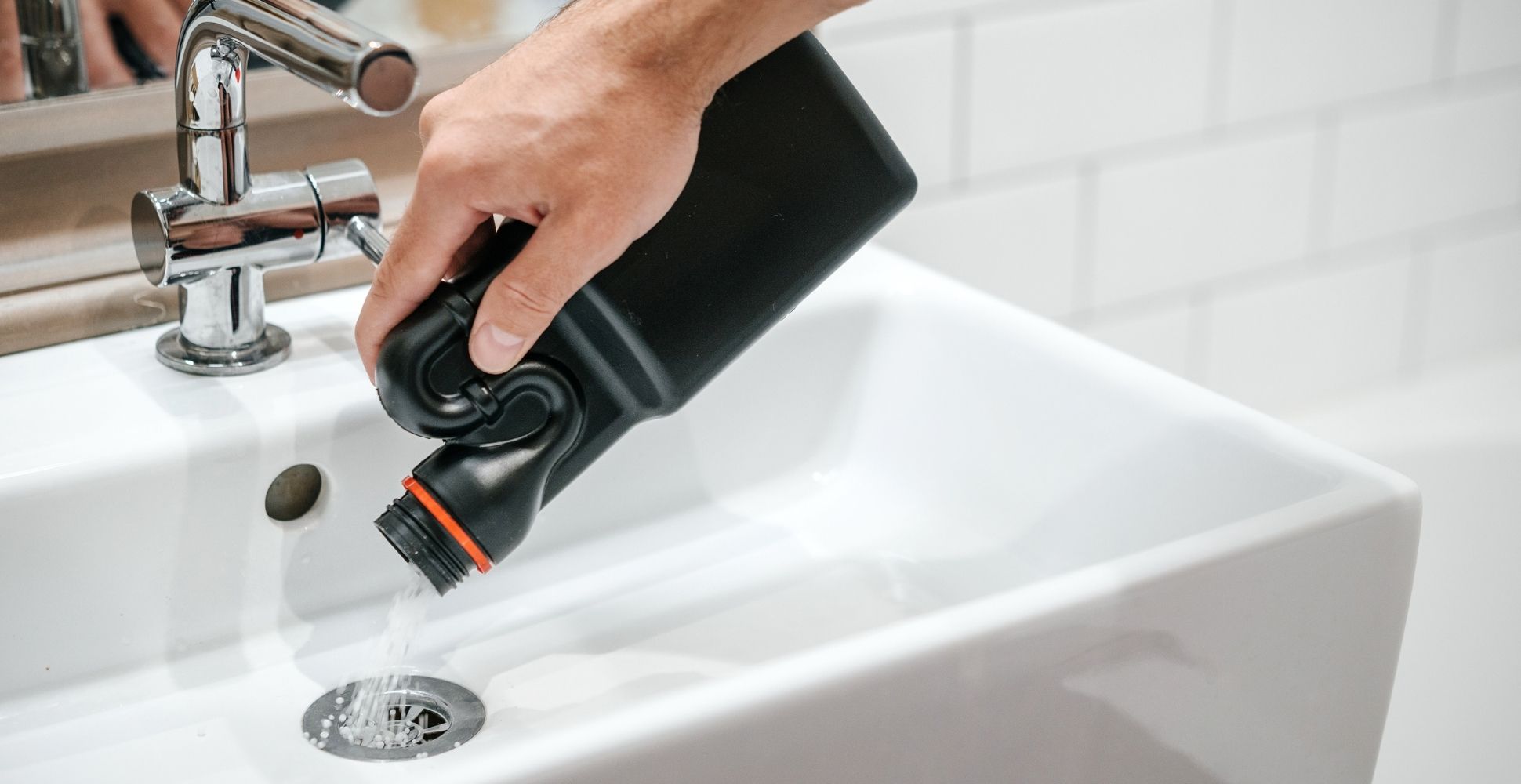
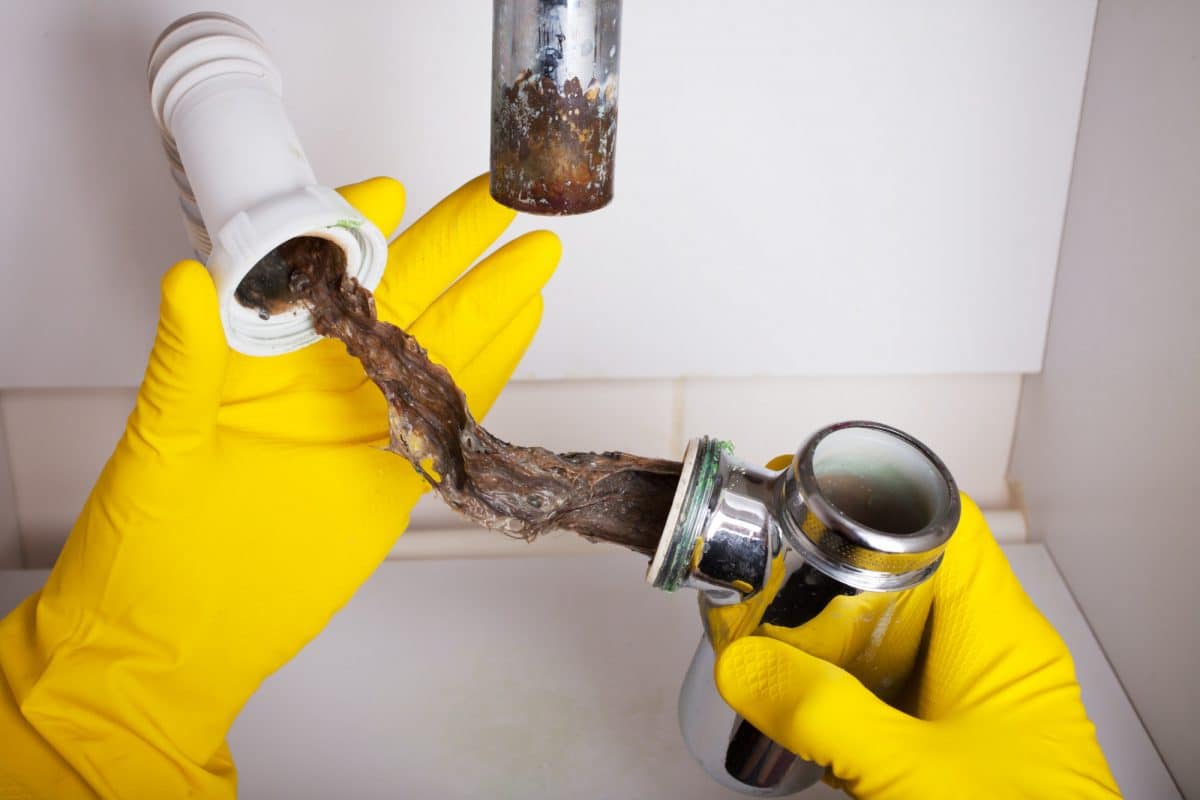
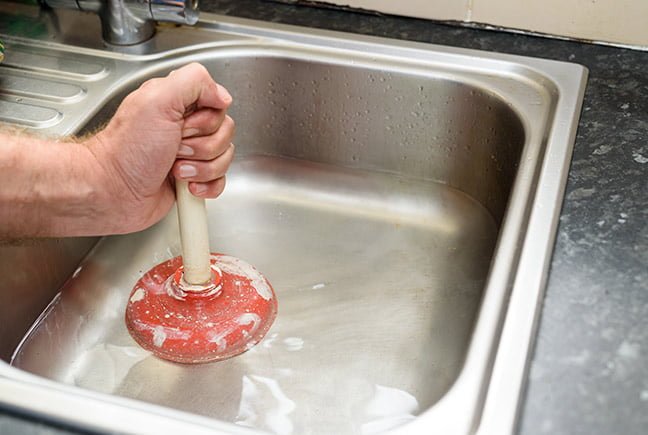






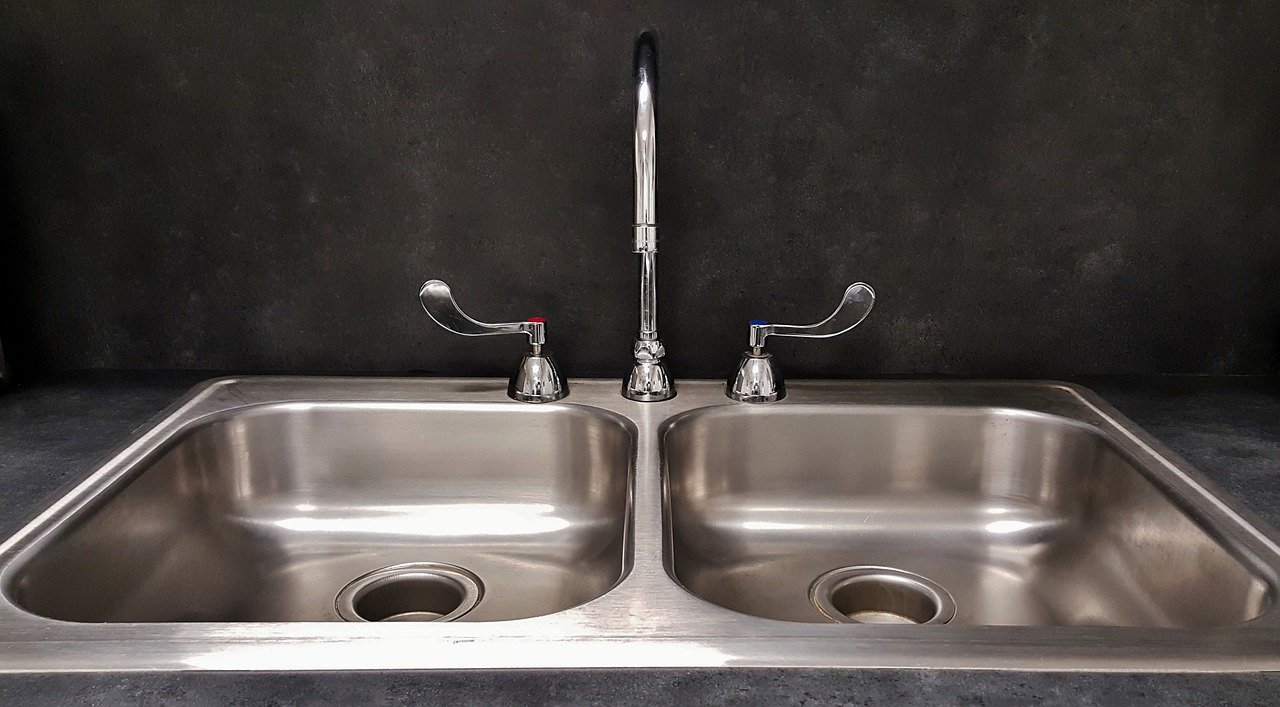
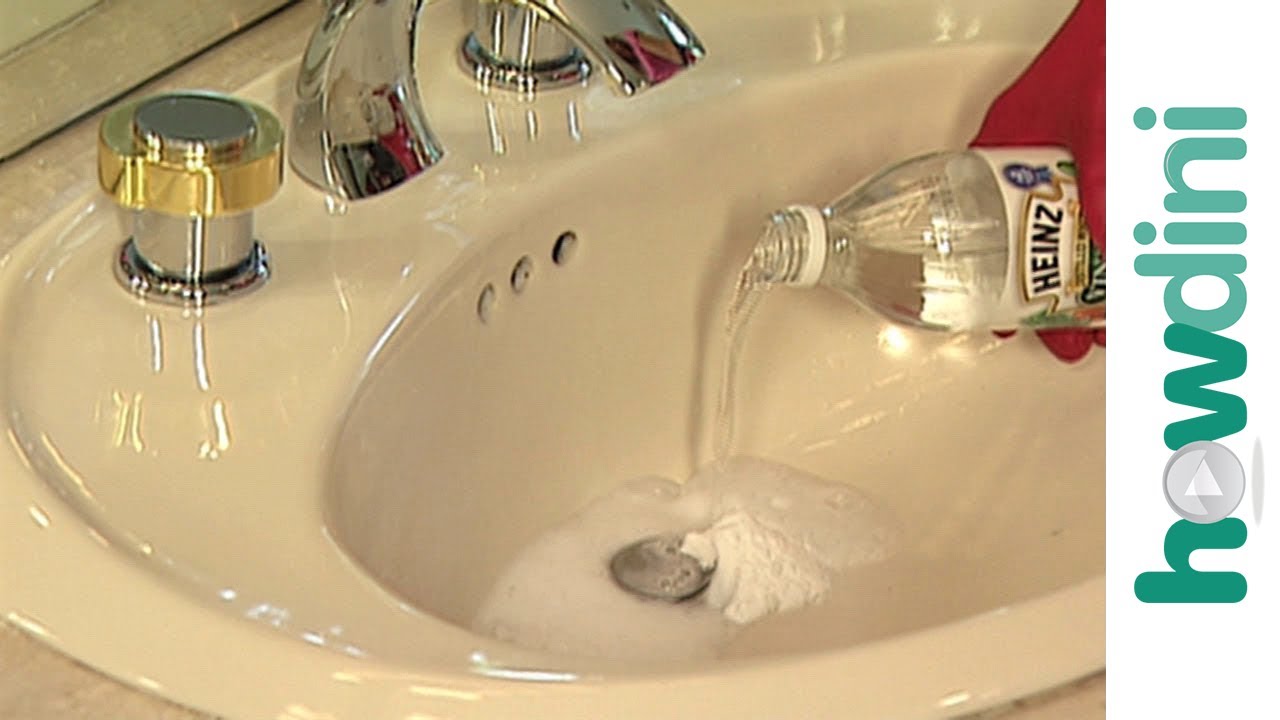

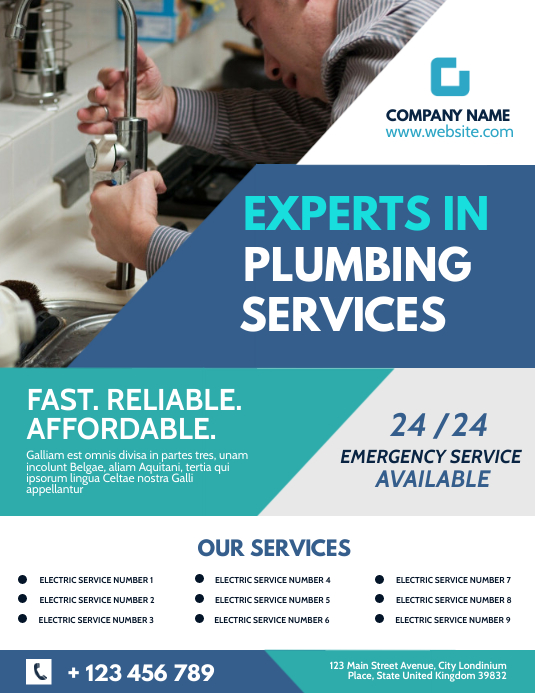
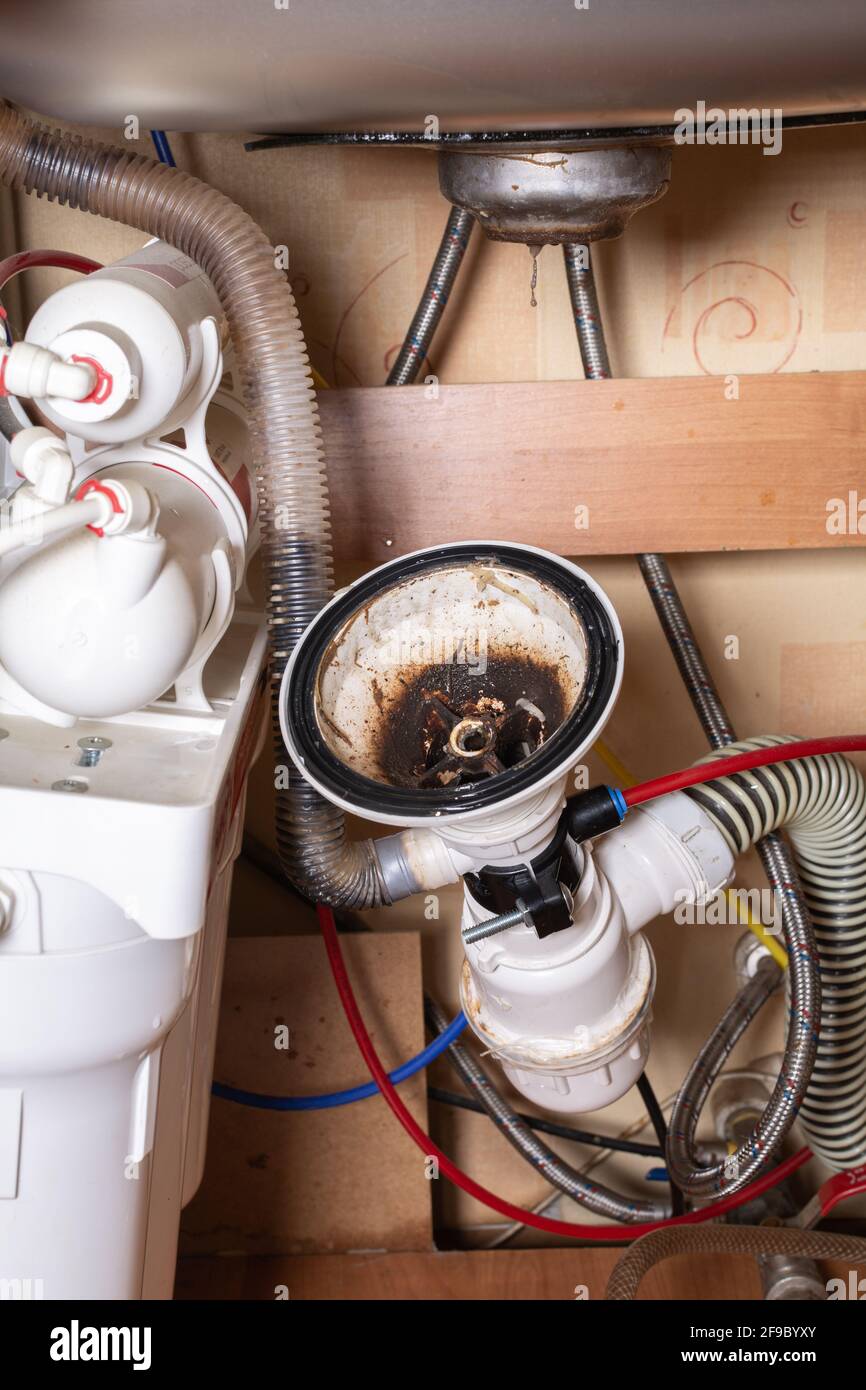
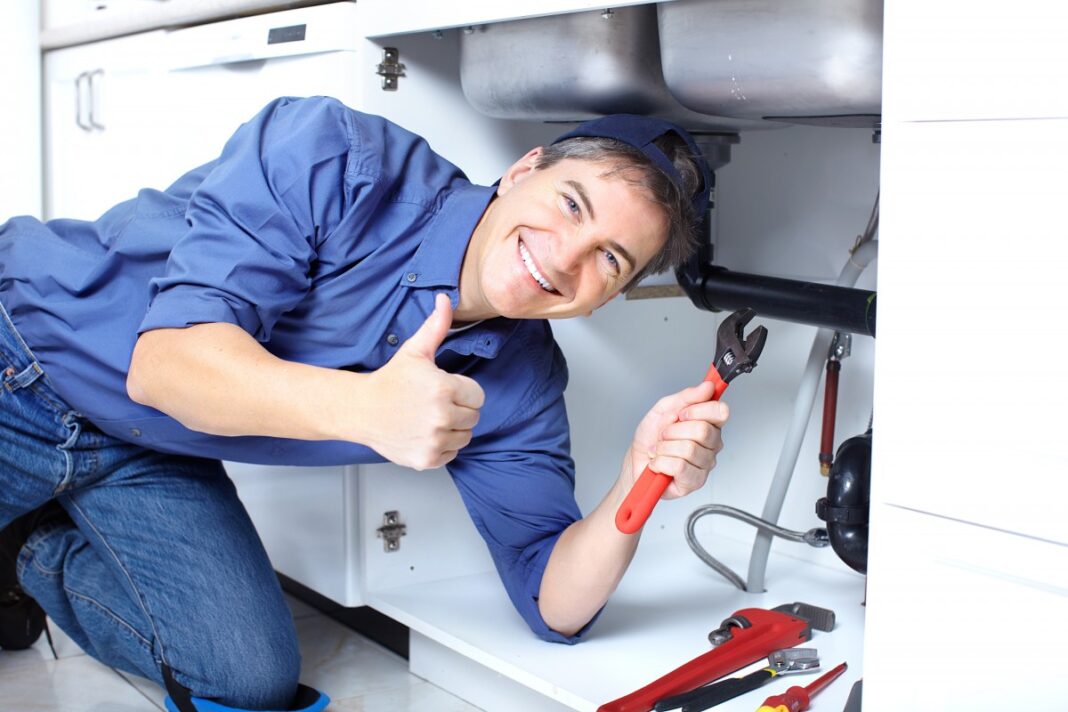

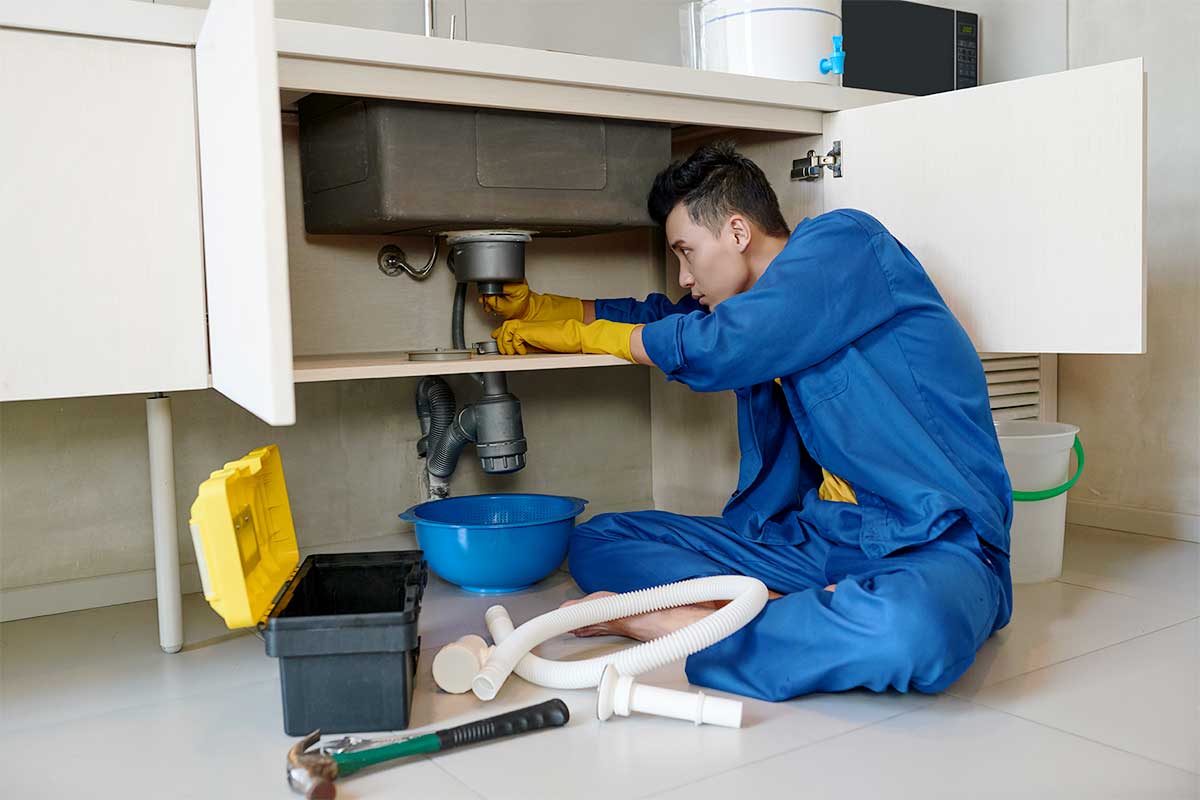

:max_bytes(150000):strip_icc()/how-to-unclog-a-kitchen-sink-2718799_sketch_FINAL-8c5caa805a69493ab22dfb537c72a1b7.png)
